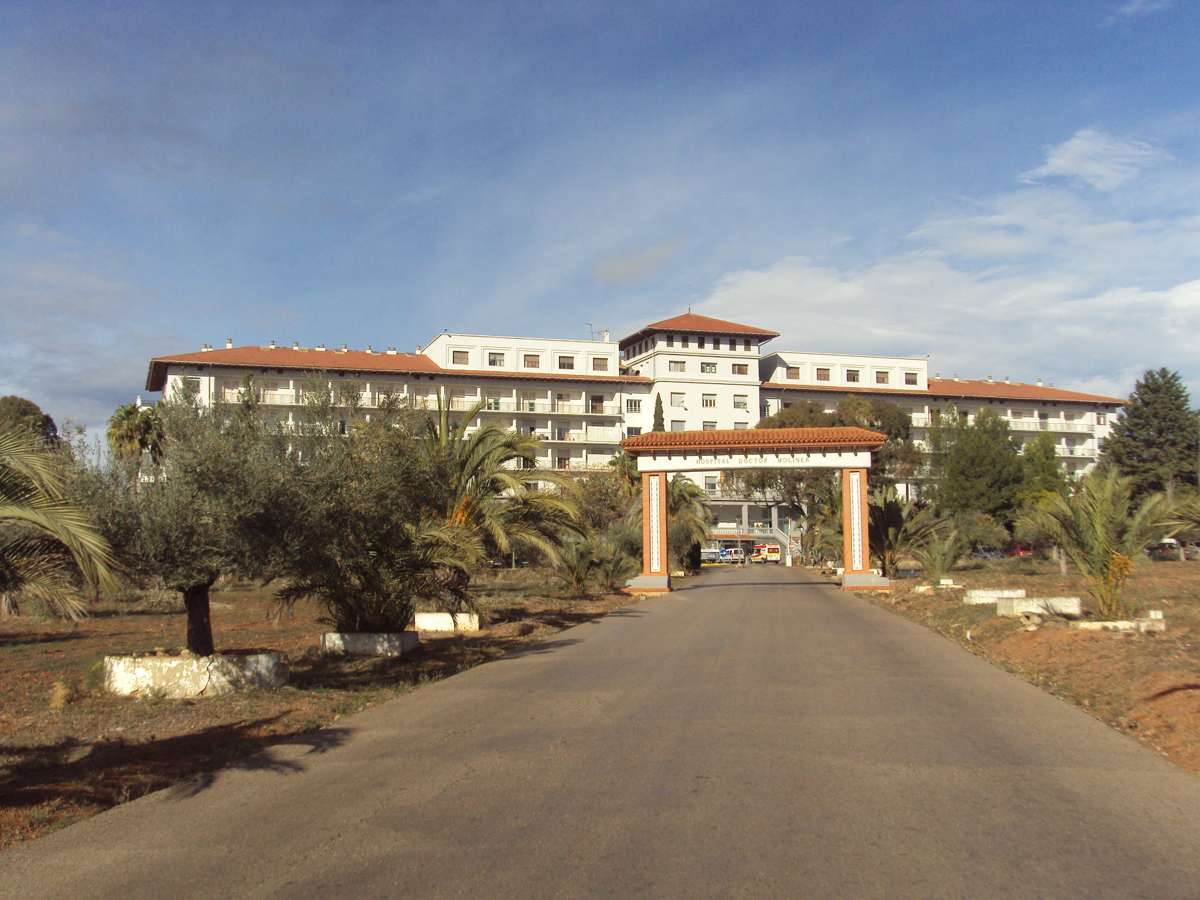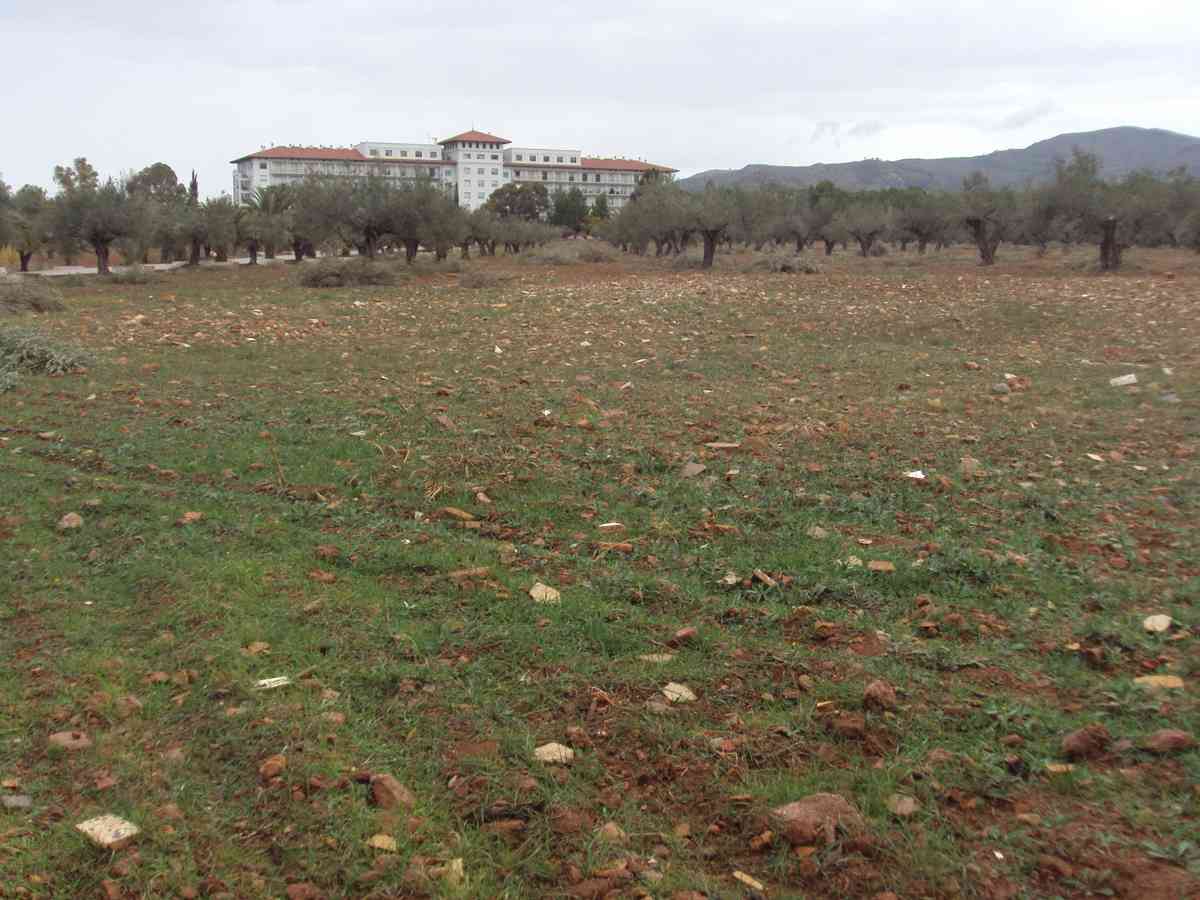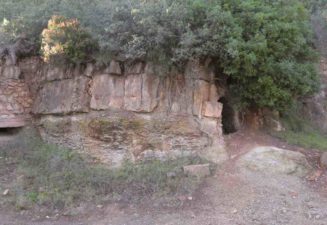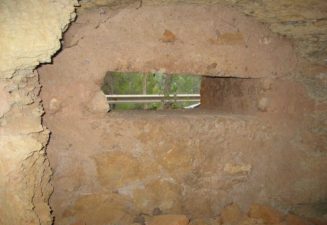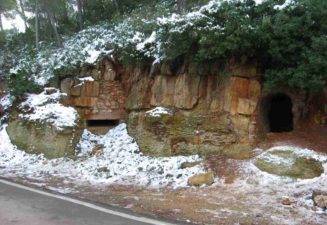Cultural activities
Places for remembering our past. The Spanish Civil War Cultural heritage
La Pobleta and Azaña
It is a well-known fact that Manuel Azaña, president of the Second Spanish Republic, lived from 1937 until mid-1938 in La Pobleta country house, next to the Porta Coeli charterhouse. Azaña take it up as residence when the Republican Government settled in València, fleeing away from the siege of Madrid. Azaña picked these mountains because they were both quiet and close to the city. In La Pobleta, there is still a bunker and a shelter, and near the house there is a platform where an anti-aircraft cannon was installed.
The country house of La Pobleta was built on the remains of the Andalusian hamlet of Lullén, two kilometres away from the Carthusian monastery. It belonged to the monks until the Ecclesiastic confiscations of 1835. The current building was built at the end of the 18th century. It has a floor plan of 744 square metres, three stores and a basement. It is surrounded by a magnificent garden and a grove. Nowadays it is private property. It is listed as relevant cultural heritage.
Azaña, regarding the peace and silence around his new home, wrote on his memoirs Cuadernos de La Pobleta: “Here in this countryside, there is absolute silence, Mediterranean sun, the smell of flowers. It seems like nothing is happening in the world”.
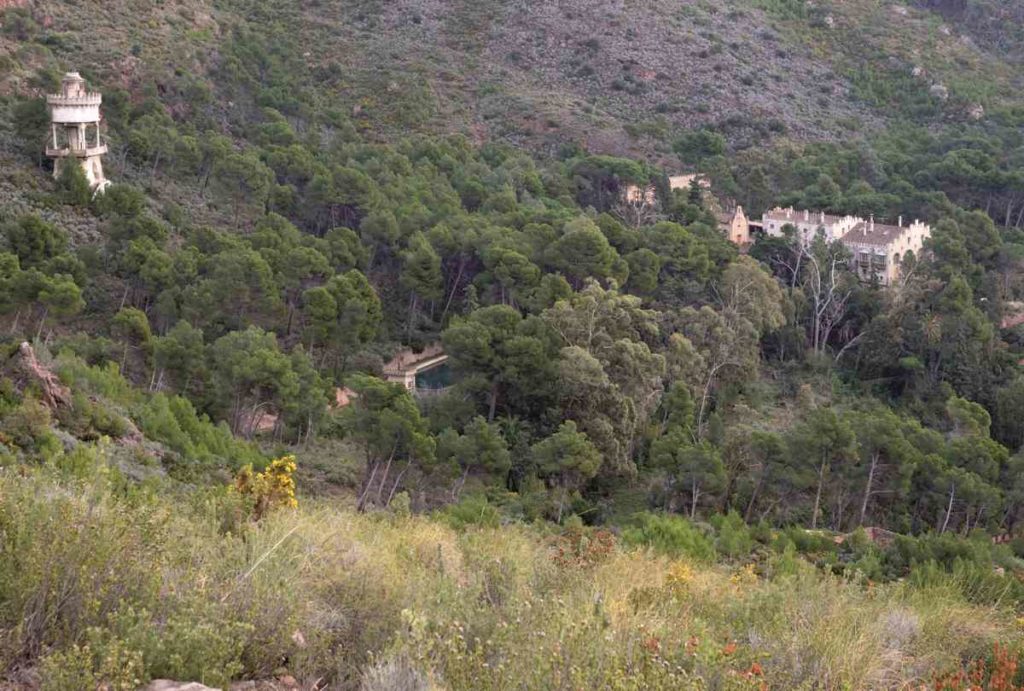
L’Amor i la Pasionària
A not so well-known fact is that the leader of the Spanish Communist Party, Dolores Ibárruri, aka La Pasionaria, lived in Serra for a while. More specifically, she lived in the villa of L’Amor, a building at the end of the Ventura Feliu Avenue, popularly known as ‘L’Albereda’. The first holyday homes to spend the summer in Serra were built nearby this avenue, as well as the first tuberculosis sanatoriums. The presence of La Pasionaria in Serra was not so strange, considering the members of the Republican Government were living in the neighbouring town of Náquera.
The concentration camp of Porta Coeli
Many people do not know there was a concentration camp in Porta Coeli. But, in fact, it existed, and today there is a monolith that pays tribute to its victims in the gardens of the Doctor Moliner Hospital in Porta Coeli, Serra. The camp was functioning from October in 1939 to the early 1942, and it was located where the hospital currently stands, which was then under construction. Thousands of prisoners went through its doors; among them, Valencian relevant figures like the doctor Juan Bautista Peset Aleixandre.
This concentration camp was set due to the dismantling of the camp located in the village of Albatera (Alicante): due to health reasons, between 12,000 and 15,000 prisoners were moved from Albatera to Porta Coeli, according to data provided at the first seminar about the Porta Coeli concentration camp that took place in October 2017. The floating population of the camp oscillated between 4,000 and 5,000 people.
The “intermediate” defence line. Machine guns-nest in the plain of Les Llomes
The so called “intermediate” line was a defensive element during the Spanish Civil War that goes across Serra Calderona. Today, machine-guns nests remain along the plain of Les Llomes, located to the right margin of the CV-344 road that goes from the mountain pass of L’Oronet to Garbí. There used to be trenches, anti-aircraft platforms and shelters along this line as well.
Air-raid shelter
There is proof of the existence of around 27 air-raid shelters in the town of Serra. Some of them are easily recognisable (for instance, the one in La Fonda Street). Others, however, are inside private homes.
The Rebalsadors aerodrome
Although it seems to be a project that was never fully carried out, this is an interesting place at the highest peak of Serra’s mountains. It probably dates back to the Spanish Civil War.

